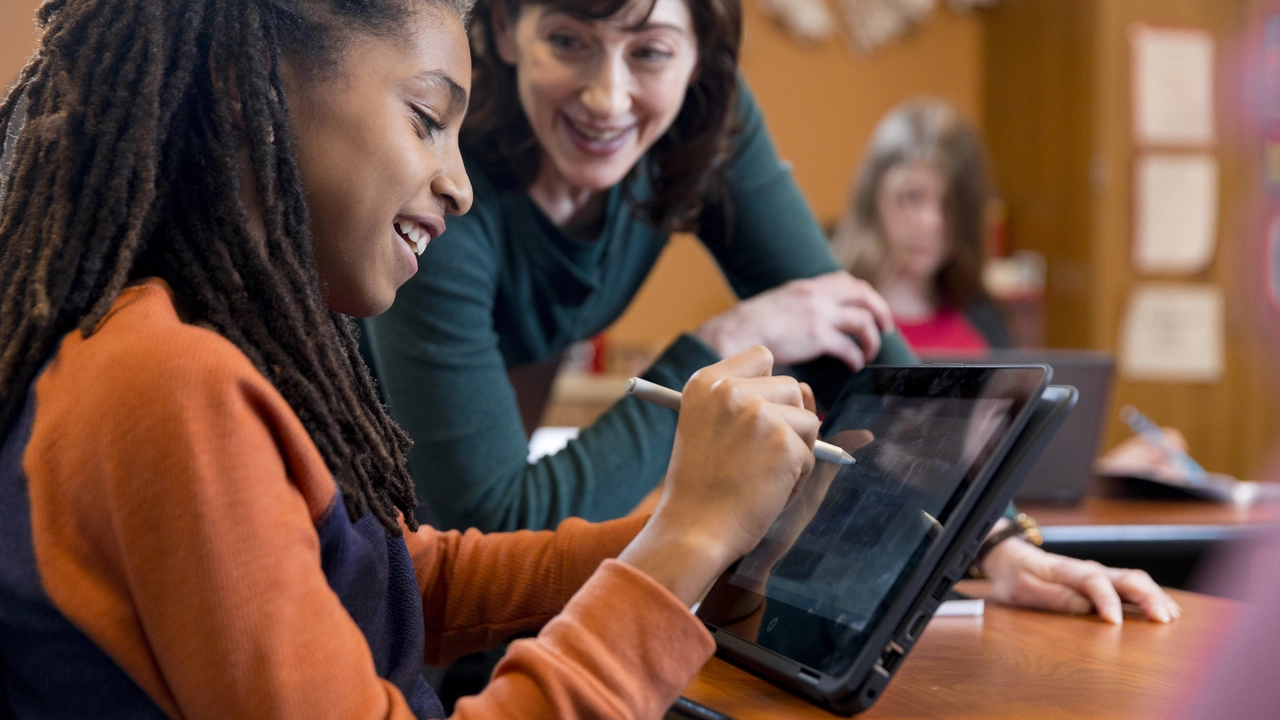
Understanding the Banking Model of Education
The banking model of education is a traditional concept that has been prevalent in our societies for many years. In this model, students are considered as empty vessels that need to be filled with knowledge by their teachers. The teachers, considered as the source of all knowledge, deposit information into the students' minds, who are expected to absorb it passively without questioning or critically analyzing the content.
The main criticism of this model is that it promotes passive learning and stifens students' creativity and critical thinking abilities. It also neglects the individuality and unique learning styles of each student. Therefore, alternatives to this system are being explored and implemented worldwide, focusing more on active and student-centered learning.
Experiential Learning: Learning by Doing
Experiential learning, often termed as "learning by doing," is a powerful alternative to the banking model of education. This model encourages students to learn through active participation and direct experience. It encompasses activities like internships, field trips, laboratory experiments, and other forms of hands-on learning.
Experiential learning is highly effective because it engages students on a deeper level and helps them to solidify their understanding. It also encourages them to be proactive, to take initiative, and to develop problem-solving skills, which are vital for real-world applications.
Problem-Based Learning: Solving Real-World Problems
Problem-Based Learning (PBL) is another alternative that focuses on teaching students to solve real-world problems. The emphasis here is not on rote learning but on developing critical thinking and problem-solving skills. In PBL, students are presented with complex, real-world problems and are tasked with finding solutions using their existing knowledge and skills.
This approach is highly effective in teaching students how to apply their theoretical knowledge to practical situations. It also fosters collaboration and teamwork, as students often work in groups to solve the problems.
Flipped Classroom: Inverting Traditional Learning
The flipped classroom model reverses the conventional learning environment. Instead of lecturing in class and assigning homework for home, teachers provide study materials (like video lectures or readings) for students to review at home. The classroom time is then used for discussion, problem-solving, and clarification of doubts.
This approach promotes active learning and encourages students to take responsibility for their own learning. It also allows for personalized learning, as students can learn at their own pace at home and use classroom time for interactive and collaborative activities.
Montessori Method: Encouraging Self-Directed Learning
The Montessori method, developed by Dr. Maria Montessori, emphasizes child-centered education and encourages self-directed learning. In Montessori classrooms, children are free to choose their activities and learn at their own pace, under the guidance of trained teachers.
This method fosters independence, creativity, and a love for learning. It respects the individuality of each child and allows them to explore and learn in a way that suits their learning style and interests.
Project-Based Learning: Engaging in Meaningful Projects
Project-Based Learning (PBL) is an instructional method that encourages students to learn by engaging in meaningful projects. The projects are typically multidisciplinary, requiring students to apply knowledge and skills from various subjects.
PBL is highly effective in teaching students how to apply their knowledge in real-world situations. It promotes teamwork, problem-solving, and critical thinking skills. It also provides a platform for students to showcase their creativity and innovation.
Cooperative Learning: Learning through Collaboration
Cooperative learning is a teaching strategy where small groups of students work together on a common task. This could be a project, a problem to solve, or a study group. The students are responsible for each other's learning as well as their own. This means that the success of one student helps other students to be successful.
Cooperative learning encourages interaction among students, promotes active learning, and fosters a sense of community. It also helps to develop social and interpersonal skills, such as communication, negotiation, and conflict resolution.
Blended Learning: Combining Online and Traditional Learning
Blended learning is a teaching approach that combines online digital media with traditional classroom methods. It requires the physical presence of both teacher and student, with some element of student control over time, place, path, or pace.
Blended learning offers the best of both worlds: it leverages the flexibility and technological resources of online learning with the personal touch and interaction of traditional learning. It also allows for personalized learning, where students can learn at their own pace and in their preferred learning style.